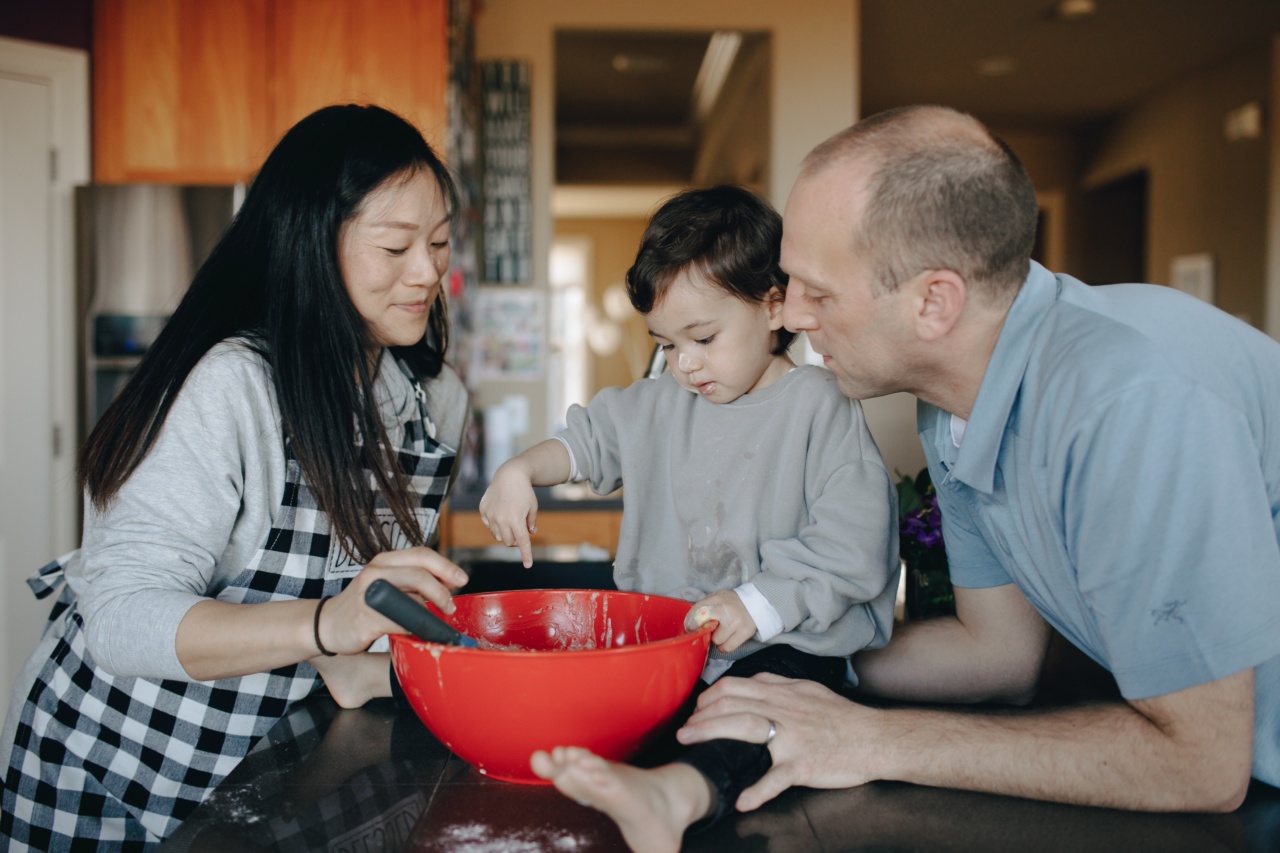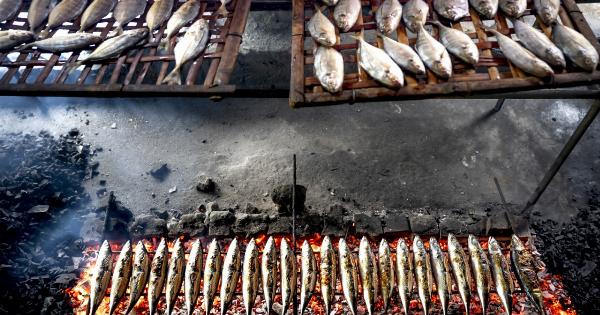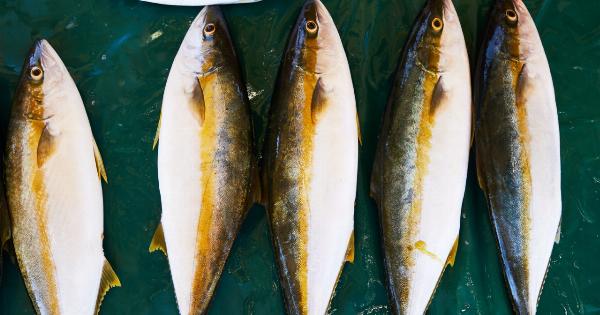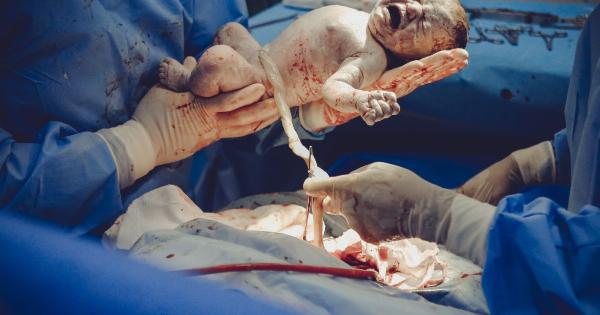Seafood is a great source of protein and nutrients required by expectant mothers. However, it is important to cook seafood safely to avoid infection and other complications during pregnancy.
Some types of seafood are high in mercury, which can harm the unborn child. In this article, we will discuss how to cook seafood safely for expectant mothers.
Types of seafood to eat and avoid
Expectant mothers should consume seafood that is low in mercury. Low-mercury seafood includes salmon, shrimp, catfish, crab, tilapia, and cod. These types of seafood are safe to consume during pregnancy as they are low in mercury and high in nutrients.
On the other hand, expectant mothers should avoid consuming high-mercury seafood such as swordfish, shark, king mackerel, and tilefish. These types of seafood can harm the unborn child and cause complications.
Buying seafood
When buying seafood, ensure that it is fresh and has not expired. Avoid buying pre-cooked or pre-packaged seafood as they may have been exposed to bacteria or other harmful substances.
If possible, buy seafood from a reputable and well-known fish market or store that follows food safety guidelines.
Cooking seafood safely
Cooking seafood safely is necessary to prevent bacterial infections and other complications that can harm the unborn child. Here are some tips for cooking seafood safely:.
1. Wash hands and kitchen utensils
Wash your hands and kitchen utensils thoroughly before and after handling seafood. This will prevent the spread of bacteria that can cause foodborne illnesses.
2. Cook seafood to the right temperature
Seafood should be cooked to the right temperature to kill any harmful bacteria. Cook fish and shellfish to an internal temperature of 145°F (63°C) or until the flesh is opaque, firm, and separates easily with a fork.
3. Avoid cross-contamination
Cross-contamination occurs when bacteria from one food sources spread to another. To avoid cross-contamination, use separate cutting boards for seafood and other foods, and keep them in different areas of the kitchen.
Wash cutting boards, knives, and other utensils thoroughly with soap and water after use.
4. Freeze seafood before cooking
Freezing seafood before cooking can kill any parasites that may be present. If you plan to cook seafood that has not been previously frozen, freeze it overnight before cooking. This will ensure that any parasites are destroyed.
5. Avoid eating raw seafood
Raw seafood can contain harmful bacteria that can cause foodborne illnesses. Avoid eating raw or undercooked seafood such as sushi, sashimi, and ceviche. Cook seafood thoroughly before consuming it.
6. Use safe cooking methods
Grilling, baking, and broiling are safe cooking methods for seafood. Avoid frying seafood as it can increase the fat content and make it less healthy.
If you choose to fry seafood, use healthy oils such as olive or canola oil and cook at a low temperature.
Conclusion
Seafood is a great source of protein and nutrients required by expectant mothers. However, it is important to cook seafood safely to avoid infection and other complications during pregnancy.
When buying seafood, ensure that it is fresh and has not expired. Cook seafood at the right temperature, avoid cross-contamination, freeze it before cooking, avoid eating raw seafood, and use safe cooking methods to cook seafood.























